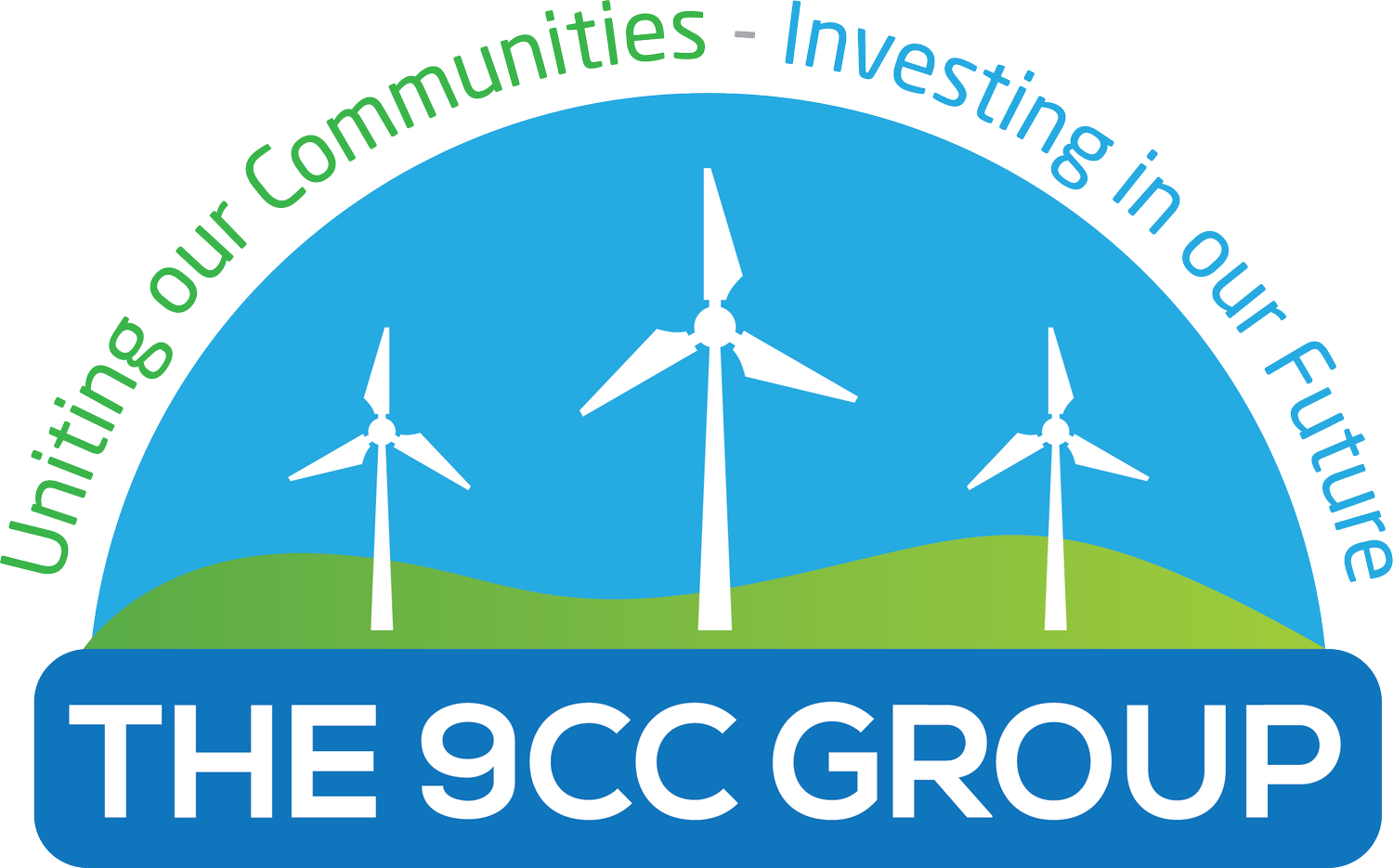Cumnock
Cumnock is the second largest town in East Ayrshire and sits at the junction of the A70, Ayr to Edinburgh route and the A76, Kilmarnock to Dumfries route.
The town is 16 miles east of the main town of Ayr, 17 miles to the south of Kilmarnock and 2 miles from Dumfries House.
The main hub is centred around the Square, Glaisnock Street, Townhead Street and Ayr Road. Within Cumnock town centre there are no Statutory Protected Natural Heritage sites but there are several non-statutory wildlife sites which are of interest. There are also several areas of semi-natural and mature woodlands of ancient origin within the area, which include Templand Wood, Woodroad Park and Shankston Wood.
The Glaisnock Water is the main river which flows through the town centre into the Lugar Water at the Dub. The Glaisnock riverside walk takes you from the outskirts of the town into the centre. The Ayrshire Rivers Trust has reported high levels of salmon, trout, chars, freshwater whitefish and graylings.
Cumnock has a history spanning over 450 years and hints of its Victorian market town history can be seen everywhere. Town expansion in the late 1780s saw new roads allowing easier access to and from Cumnock. The majority of the buildings in the town centre date from the early 19th century. The Square is the site of the Mercat Cross, which dates from 1703. Cumnock was the home of James Keir Hardie, the founder of the Independent Labour Party. Textile manufacturing, handloom weaving and the production of lace flourished, providing employment for many residents. Other industries included snuffbox manufacture, shoemaking and the production of Scottish Motto Ware by the Cumnock Pottery Company.
When coal mining began in the area around 1768 other mines swiftly opened and mining became the main route to employment. Population In the 1800s the town had a population of around 2,600 and in 1866 was granted Police Burgh status, which saw a rapid expansion in public services and council housing. By the mid-1950s the population had risen to around 4,400 and the extensive council housebuilding programme continued to house incoming workers. The population peaked at 9,103, in 2004, but the collapse of industries saw the population decline to 8,727 by 2013.


